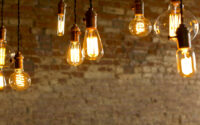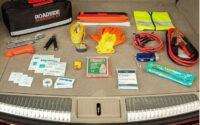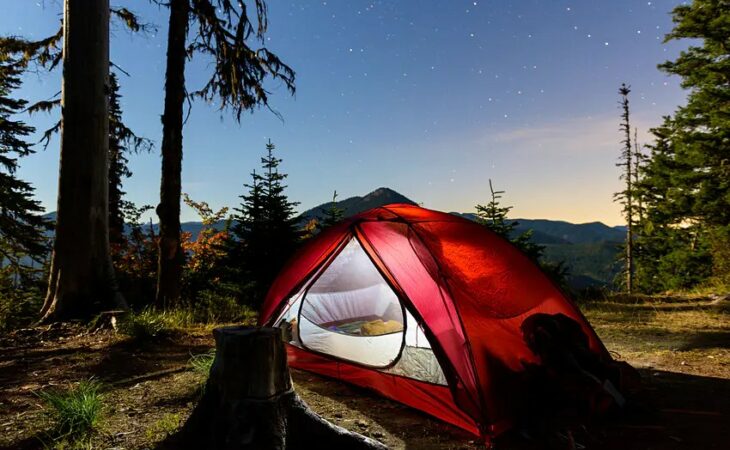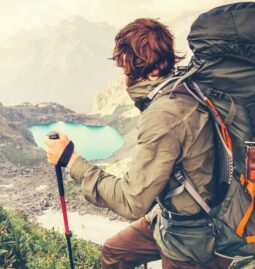Like any good trip, going camping requires a minimum of organization, planning and preparation. Here are some helpful tips and tricks to make you the perfect camper!
Table of Contents
Before leaving
Identify your camping mode
Before any research, take stock. What type of camping do you want? What is your degree of hardiness? Rather wild camping, under the stars, in a specially equipped establishment, in a yurt, in a Huttopia tent in the Sépaq parks, in a lean-to (shelters made up of a floor, three walls and a roof), caravan? It is up to you to make your choice!
Choose your campsite
Quebec has approximately 872 campgrounds. How to choose? A good indication is to take into account the star system, based on the same principle as for hotels. Official manager of the classification program, the Quebec Camping Development Council rates the campsites, on the nature and quality of the infrastructures and the service offer, from zero to five stars. Zero for a “campsite partially satisfying the classification criteria”, five for a “campsite of excellent quality offering a wide range of services and activities”. During your research, target the campsites that meet your requirements and needs. Also check the Internet for the opinions and comments of internet campers who have already pitched their tents in the campsites that interest you.
Reserve your pitch
An imperative for those who want to be sure to pitch their tent in the most beautiful places, because you are not alone in the world! Statistics Canada estimated, in 2008, that Quebecers had made 1.4 million camping trips in the province. And camping is still on the rise: according to Tourisme Québec, the 2016 summer season saw an increase in the number of camping pitches (+ 2.3%) and in ridership (+ 2.9%) compared to to 2015.
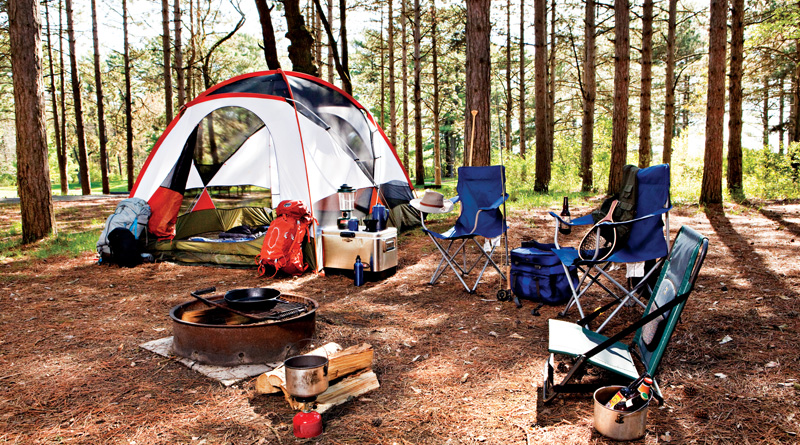
Well equipped
The key to a successful campsite is above all the right equipment. So what to bring? The essentials: a tent, a sleeping bag, a groundsheet, a tarp, a torch or headlamp, a knife, a first aid kit. You can also think of other accessories that are just as useful, but it will depend on your camping style, from the ultralight to the ultra-equipped. Remember that whatever you take will need to be worn, transported and returned. This is especially true for kitchen accessories, which can be bulky (gas stove, pans, pots, coolers, dishes, etc.), but essential for cooking. Sleeping in a tent means making compromises: eating cold or hot, favoring one accessory to the detriment of another. To equip yourself, you don’t have to buy everything:shop around with family and friends so you can borrow some sometimes expensive items. You can also buy used, but make sure everything is working properly.
Test your equipment
If you have camped before, there is no guarantee that your equipment is still operational. To avoid disappointment at the fateful moment of fixing the tent without poles, inflating your mattress with holes or trying to light an empty stove, it is essential to check the condition of your equipment before leaving.
Watch the weather forecast
In general, a reflex that every good holidaymaker has before leaving on a trip. But even more important when it comes to going to bivouac in nature. Thus, you will be able to prepare your travel bags according to the climatic conditions expected during your stay. It would be a shame to have to buy a raincoat or a jacket in disaster. Take a look at Environment Canada , Météo Média or Weather Channel for precise information: radars and satellites, lightning detection, specialized weather (aviation, maritime).

Load your backpack properly
If you are trying the camping experience in backpack mode, you will have to make choices because you will not be able to take everything with you. The rule when it comes to backpacking: the weight after loading should never exceed a quarter of your own weight. Once you have made your selection, fill your bag so that the weight is evenly distributed to prevent it from pulling you back. So, first place the lightest items, such as the sleeping bag, at the bottom of your bag. Then put the heaviest things (water, food, etc.) in the middle, in the back area. This will help stabilize you better while maintaining your balance and freedom of movement. Finally, on the top and front of the bag, insert medium or bulky items.
Plan your meals
Camping is not (always) synonymous with tasteless food and dehydrated meals. It just requires being better organized than usual. Before leaving, it is possible to prepare a number of meals (including sauces for pasta, chili, etc.), which will be reheated once there. However, it is not necessary to have hot meals all the time. In addition to being able to prepare them in advance, no-cook meals save fuel without restricting your camping and eating pleasure. If you run out of recipe ideas, check out the websites (such as recipes.zeste.tv ) or your cookbooks to spark your creativity!
On the spot
Go to the campsite reception to find out the number of your pitch, even if you have reserved your campsite in advance. If you are in a park, you will be given your camping permit, which you must place on your vehicle and on the pole of your camping area. Take the opportunity to know the operating rules in the campsite, the list of possible activities, or any other question relating to your stay.

Where to set up your tent?
Once you arrive at your campsite, choose a flat spot, free of roots and stones to avoid back pain and tearing of your equipment, tent and mattress. A high ground and well drained to avoid the accumulation of water if it rains. Likewise, settling near a watercourse can be dangerous in the event of sudden floods. When setting up your tent, tension the ropes of the tent anchor points sufficiently. Badly done, the flysheet would come into contact with the tent and could soak the shelter in bad weather. Finally, spreading a tarp under the tent is a good way to keep it dry more efficiently. But be careful that this tarp does not go beyond the base of the tent to prevent water from collecting there! Choose a shady place,so that the hot afternoon sun does not turn your tent into a real sauna. However, you should avoid standing directly under a tree, which can be a risk in the event of thunderstorms, lightning or strong winds.
Keep your tent clean and comfortable
Your stay will be all the more pleasant if your tent remains a pleasant, comfortable place to sleep and rest: leave your shoes outside, but protect them from the rain under the flysheet; keep the “door” closed as far as possible to prevent insects or animals from entering your tent; store your personal belongings in the middle of the tent, and not on the sides, so that they are not humidified by the rain or the morning dew; Clean your tent floor from time to time to remove accumulated dirt.

How to light a campfire?
First and foremost, make sure you are allowed to do this or even collect wood in the surrounding area. First step therefore, clean the area by removing combustible materials within a radius of one meter around the fire. Mark off the firebox with stones, then place a flammable material there: twigs, newspaper or dry plant material (no, gasoline is not recommended!). Add around and on top of kindling, usually small pieces of very dry wood, to start the fire. Finally, as the fire grows, gradually add larger logs. The fire needs oxygen, make sure there is good air circulation between the logs. Do not leave your camp without properly putting out the fire. Water it to make sure.
How to avoid bad meetings?
Animals generally have a strong sense of smell. It is therefore necessary to take some precautions to avoid coming face to face with a gluttonous animal. Make sure to eliminate food odors by cleaning your kitchen dishes away from the campsite; pack your waste and place it in the appropriate containers; store your food in such a way that animals cannot reach it (suspended high, in metal boxes if you are in a park, or otherwise in your car); do not cook or eat in your tent; avoid sleeping with the clothes you wore when preparing the meal.

